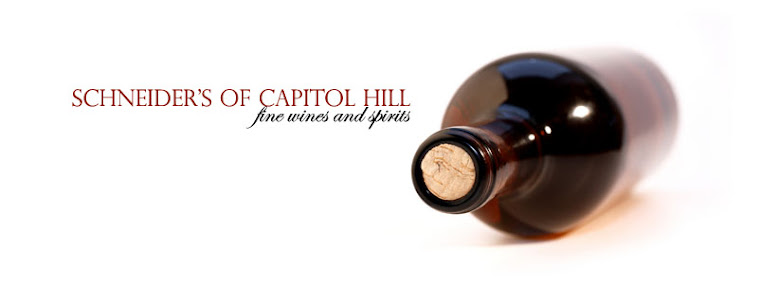
Domain Dublere Savigny-les-Beaune Les Peuillets 2009
Knowing the weekend wasn’t going to be the most productive ever, with little more to do than clear the garden and wait for the wind and rain to arrive, I started out on Saturday by putting an omelette together and opening a bottle of Domaine Dublere’s white Savigny-les-Beaune Les Peuillets 2009.
Light straw in color, the nose took me away from the dismal rain outside to the sunshine of citrus, flowers and a hint of lees. Direct and uncomplicated on the palate, it exhibits lively grapefruit and lime flavors that are levelled off with minimal oak and calm round malolactic acids through the mid palate. Served practically at room temperature it went beautifully with the rich soft egg, tart goat cheese and buttered English muffin, but its versatile nature would make it a great partner with a variety of fish and seafood dishes.
Savigny-lès-Beaune is a large appellation that mostly produces red wine (85%) and a little white. The 22 Premier Crus, which come in two styles, are divided by the river Rhoin. The south-facing clay soils to the north, where Pethel gets some of his Pinot from the small Les Talmettes vineyard, express more delicate characteristics, whereas the sand and gravel soils to the south, on which Les Peuillets lies, are generally more forward and round.
Blair Pethel of Domain Dublere, is a North Carolina expat, who for a time was a financial journalist here in D.C.. He has demonstrated an incredible aptitude for both Jeopardy (he won the game show twice) and winemaking. Pethel has been making his own wine in Burgundy since 2004, after apprenticing with a few of the regions top winemakers, Patrice Rion and Jean-Marc Pillot and qualifying in viticulture and oenology with a year's course at the famous Lycée Viticole of Beaune. He and his family have settled into Burgundy very well, making extraordinarily good wines that represent both typicity of the grapes and the terroir of the region. We are very glad to be friends of Blair’s, accepting his warm hospitality on our annual trips to Burgundy, and thrilled to have the opportunity to directly import and represent his wines on the east coast.






